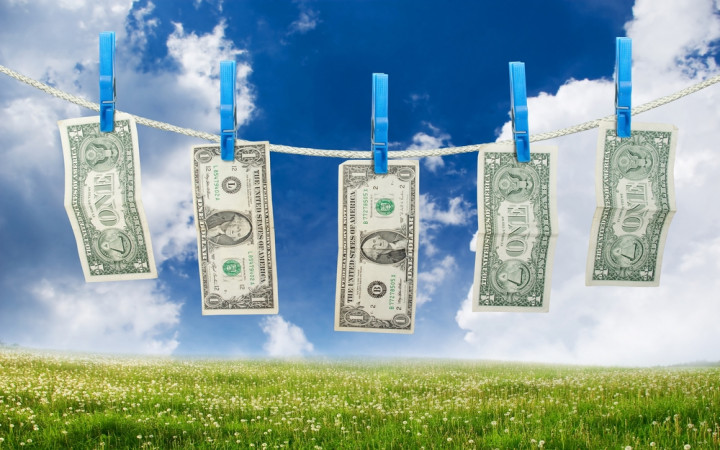We're sure you've heard the phrase “money doesn't grow on trees!" Unfortunately, that's true. So where does money come from?
Two bureaus within the U.S. Department of the Treasury are responsible for making the coins and bills that fill our wallets and piggy banks. The U.S. Mint produces coins, and the Bureau of Engraving and Printing (BEP) produces paper currency.
Today, we're going to focus on paper currency, like the $1 bill. The BEP began in 1862, when only six people created money by hand in the basement of the Treasury building.
Today, the BEP has two facilities. The Washington, D.C., site opened in 1914. A newer facility in Fort Worth, Texas, opened in 1991 to meet increased demand for currency.
The currency production process involves highly trained workers, special equipment and a unique combination of traditional old-world printing techniques combined with cutting-edge technology. To prevent counterfeiting, the complex process of printing currency involves more than 65 steps.
U.S. currency is printed on special paper made by Crane Paper Company. Unlike traditional paper made of wood pulp, the paper used for currency is made of 75 percent cotton and 25 percent linen. BEP specifications require this blended paper to have special red and blue fibers woven throughout.
Before the paper can be used to print new bills, the image of the bills to be printed must first be engraved onto soft steel plates by hand in a process called "intaglio." These plates are called "master dies."
To preserve the master dies for future use, a process called "siderography" is used to transfer the images on the dies to printing plates.
To produce $1 bills, ink is spread on the printing plates and then wiped off, so that ink only remains in the grooves of the plates. The plates are then pressed into the special blended paper with about 20 tons of pressure.
High-speed rotary printing presses are used to create currency. The BEP can print around 8,000 sheets per hour. After printing, bills are checked for defects.
If there are no defects, bills are “overprinted" with a simple printing process that is different from the intaglio printing. The U.S. Federal Reserve seal is printed in black ink, while green ink is used to print the U.S. Treasury seal and serial numbers.
Finally, cutters separate the large sheets into individual bills. After cutting, the bills are packaged and sent to one of the dozen Federal Reserve districts for distribution to banks.
Since 2003, the BEP has slowly introduced redesigned $5, $10, $20, $50 and $100 bills. These redesigned bills include many new security features intended to make counterfeiting more difficult.
New features include subtle background colors, a portrait watermark visible when held up to a light, an enhanced security thread that glows under an ultraviolet light, microprinting and improved color-shifting ink that changes color when bills are tilted. There are no plans to redesign or include any of these advanced security features in $1 or $2 bills.
Currency fun facts:
- The front side of bills features portraits of famous, deceased American statesmen: George Washington on the $1 bill, Thomas Jefferson on the $2 bill, Abraham Lincoln on the $5 bill, Alexander Hamilton on the $10 bill, Andrew Jackson on the $20 bill, Ulysses Grant on the $50 bill and Benjamin Franklin on the $100 bill.
- The back side of bills features famous images from U.S. history: the Great Seal of the United States on the $1 bill, the signing of the Declaration of Independence on the $2 bill, the Lincoln Memorial on the $5 bill, the Treasury Building on the $10 bill, the White House on the $20 bill, the Capitol on the $50 bill and Independence Hall on the $100 bill.
- The motto "In God We Trust" first appeared on U.S. coins in 1864. In 1955, a law was passed that required all new designs for coins and currency to bear that inscription.
- The first modern $1 bills were issued in 1963. Their design, featuring George Washington on the face and the Great Seal on the back, has never changed.
Of all the currency printed by the BEP, the $1 bill accounts for about 45 percent of all production. The average life span of a $1 bill is 42 months.




